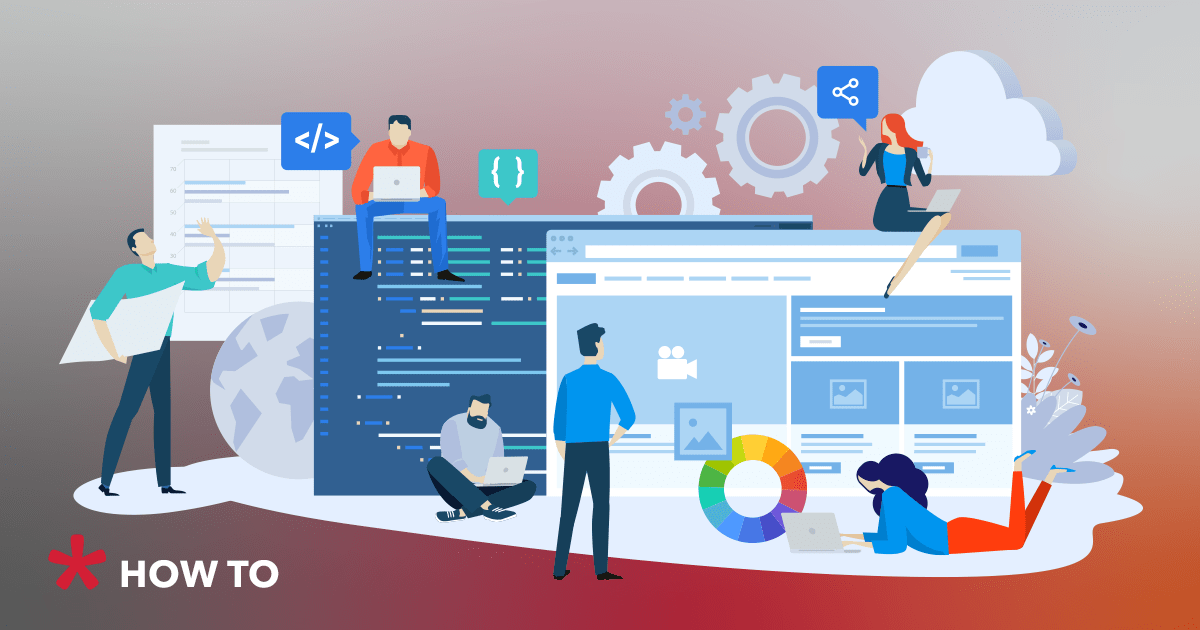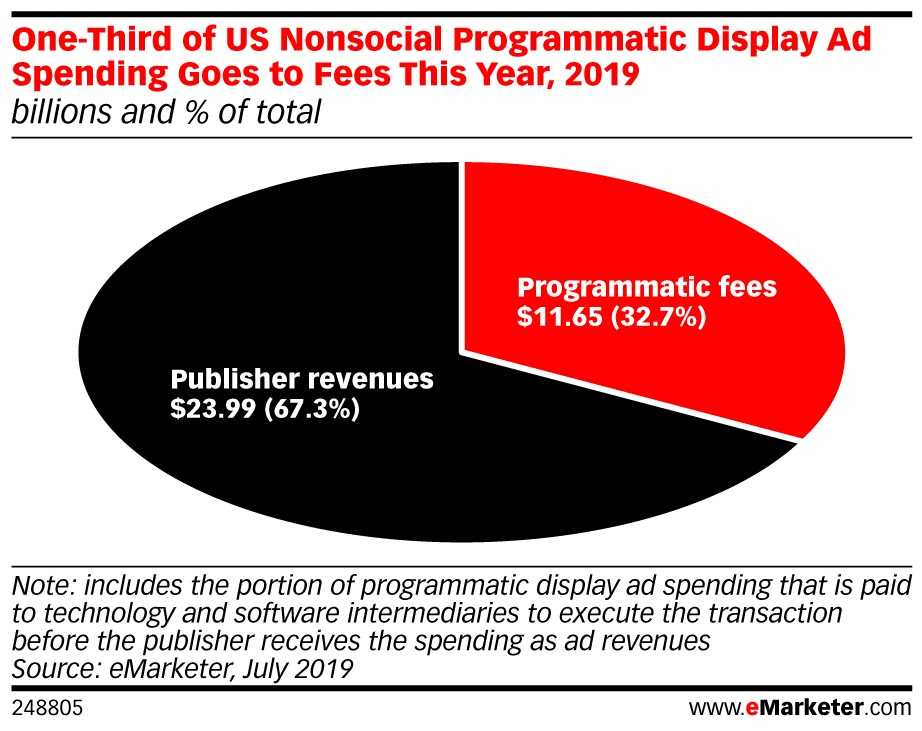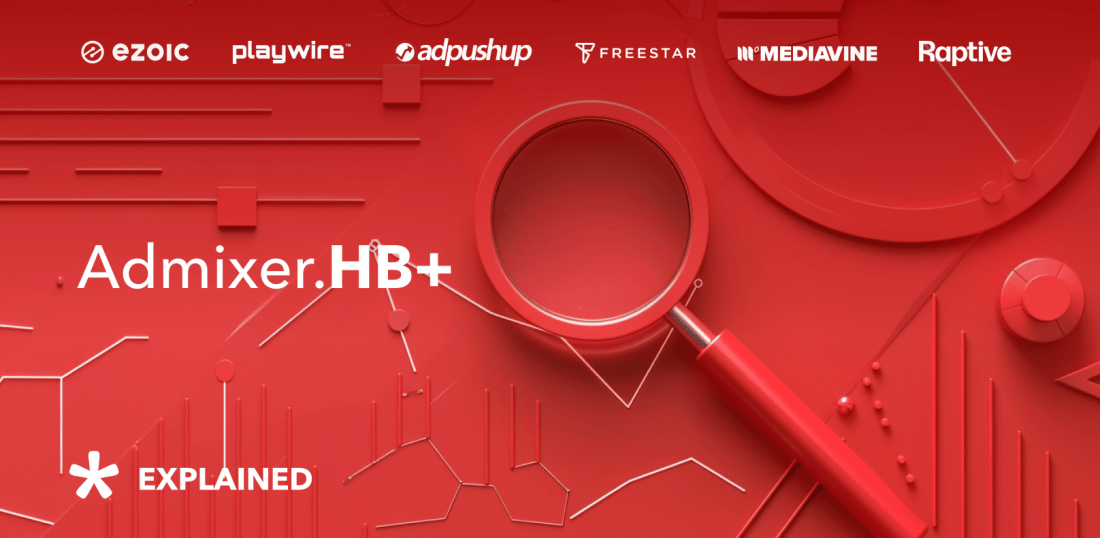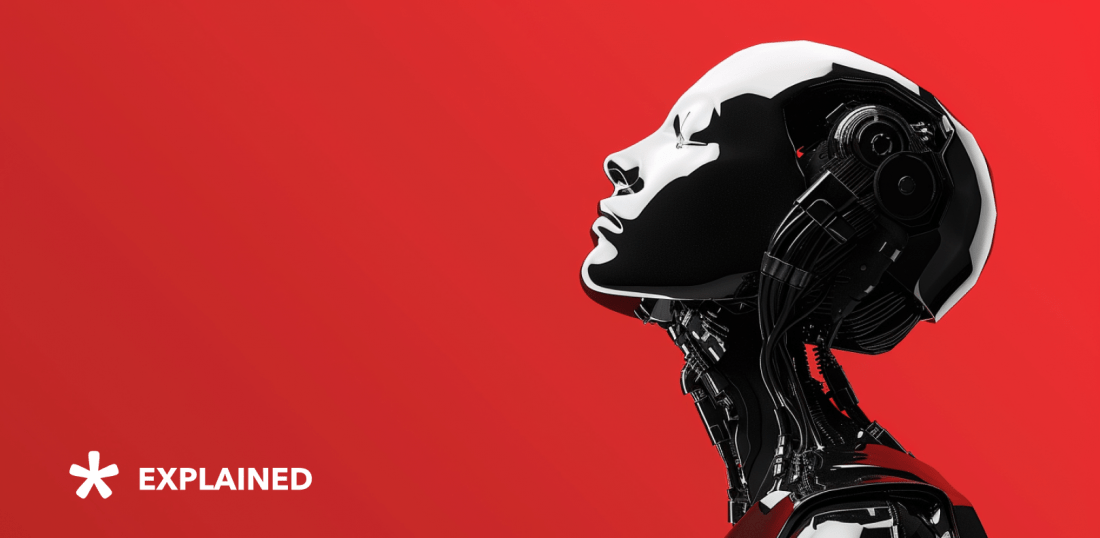
Digital Ad Network: How to Choose the Right Tech Partner? [Updated in 2020]
A digital ad network had been an effective business venture until programmatic disrupted traditional model of direct media buying and put ad network viability in question.
Yet, the quantity of ad networks is still growing. Thalamus Advertising Database has more than 2,600 companies registered as Ad Network, which is 10% more than a year ago. At the same time, both publishers and advertisers are trying to shorten the chain of mediators.
Last year, the introduction of sellers.json and Supply Chain Object transparency tools, allowed savvy buyers to determine the direct path to the sellers, and view how exchange can get their inventory. This accelerated the trend of eliminating intermediaries and reducing the number of SSPs.
Advertisers do not want to lose revenue at every stage in favour of mediators. In March, eMarketer estimated that the total “tech tax” accounted for almost $12 billion or 32.7% of all programmatic spend worldwide.

Source: eMarketer
Thus, and also due to the ads.txt initiative, more and more traffic resellers gradually lose their partner sellers and buyers, who want to shorten the chain of mediators.
In such market conditions, the smartest way of business development is not to be just a traffic reseller, but strive to sign direct agreements with end users: publishers and advertisers, and transact media buys between them.
This means to build and manage your own network. It is also possible to connect external DSPs and SSPs to such a network in addition to direct sellers and buyers, combining all possible sources to achieve higher revenue, while concentrating on direct relations with end users.
Task 1: Persuade publishers
Some publishers would ask: “Why do I need your network if I work via openRTB with several ad exchanges and that’s enough for me?” Well, if the publisher neither has nor wants to have any direct advertisers, you don’t need them in your network.
The idea of Ad Network implies connecting publishers with direct advertisers. It allows to group sites by verticals, or by ad unit quality (premium/remnant) and sell this grouped inventory to direct advertisers. The latter receive a self-service platform to manage campaigns and buy traffic, choosing desired inventory groups.
Some adtech providers (like Admixer) offer programmatic demand to monetize publishers’ inventory and the integration here varies: tags/openRTB/header bidding. It should be explained to publishers to avoid confusion of the general business model and type of tech integration. So, if you decide to build your own ad network, you should be able to explain advantages to publishers.
For example, some small publishers will have an opportunity to be included to some thematic inventory group (e.g. News), which will include more famous and bigger sites (e.g. Fox News), thereby receiving access to some premium advertisers with expensive ads.
Task 2: Persuade advertisers
The best way to convince advertisers to work with your network is to offer them premium direct supply. But for those who’ve just started their business, I have good news. Some adtech providers, who run their own networks and ad exchanges (like Admixer) offer their existing inventory, which helps significantly at the beginning.
Task 3: Сreate an ad network
If you have a pool of potential clients, the question is whether to use some existing SaaS solution or build your own from scratch. If you’re a part of brainy tech team of at least 30-40 people, who are ready to create and maintain the platform, you can try to do it in-house. In addition to programmers, you should cooperate with people who have deep industry knowledge and experience of working with both sides of the process.
If you’d like to concentrate on network growth without thinking about the tech side and all the employees, it’s better to use some existing technology. Especially since there’s a plethora of them.
If you google the most famous adtech providers of ad networks, you’ll get a diverse list of companies providing different services. Each of them claims to be the best one, and you can’t always trust what is said on the forums.
Speaking about the forums: if we search for “How can I build my own advertising network with 3rd party services”, we’ll find this article on Quora, which might be quite helpful depending on your needs.
What kind of tech partner you need to create an ad network
Wherever you’re searching for your future tech partner, formulate your needs first to be able to narrow down adtech companies present in the market. Answering the following questions will help.
1. What type of ad network would you like to build?
A traditional ad network implies that advertiser buys a “package” of impressions on a CPM basis.
But there are also Performance or Affiliate Ad Networks: they usually use revenue share, CPC, or CPA pricing model. Such networks charge a commission for delivering a specific result to an advertiser. The result is often a valid sale. However, it can also mean a completed lead gen form, a new free trial user, an app installation, or even a new newsletter subscriber.
2. What kind of publishers/advertisers would you like to work with?
For example, Premium Ad Networks offer the inventory from popular publishers exclusively and don’t work with small ones at all.
Vertical Ad Networks group inventory based on website topic, e.g. business ad network, technology ad network, automotive ad network, fashion ad network, etc.
3. What kind of inventory would you like to focus on?
There are networks, specializing in Mobile, Video, or Native ads only. It’s possible to focus on a certain type of inventory or to work with all the types simultaneously.
4. What is your business model?
Are you going to provide your clients with self-service platforms for ad management? Or are you going to create campaigns and manage inventory on your own? Maybe a classic ad server for publishers would meet your needs?
These are the basic questions, based on which, you can start searching and comparing the alternatives.
12 things to consider when choosing ad network technology
1. Available demand & inventory
It’s better to combine direct sales with traffic monetization via programmatic sources: ad exchanges/networks/DSPs. Some adtech providers offer their demand in addition to the technology: it helps to increase fill rates and monetize remnant traffic.

The same applies to inventory: some companies can offer their own inventory, if they have it. Thus, your network’s advertisers will be able to buy traffic not only from your publishers but also from external sources inside your ad network platform.
2. Available ad formats
Ads are not always irritating blinking things, they can inspire and amaze! Choose a solution that allows to create catchy formats, which will bring the highest outcome for your advertisers. You can find examples of such ads in Google Rich Media Gallery, Admixer Creatives Gallery etc.
As Mobile now accounts for about 65% of total digital media consumption, mobile formats are going more and more popular today. The touch screen gives an opportunity to make banners with “scratch it” feature. Also, you can shake your phone as a part of interaction with an ad and so on.
As for video formats, they can be not only pre-, mid- and postrolls, but also a part of some WOW-format. The possibilities are endless – go beyond simple banners! But don’t forget about IAB Standards and Initial Better Ads Standards.
3. Ways of integration
There are agencies/advertisers, who like to control everything: create campaigns by themselves, set targeting, add banners and track analytics in real time. It would be perfect, if you could create an account, which would allow to do everything on their own.
If the major part of your advertisers are DSPs, ensure that the platform supports adding open RTB demand as well as header bidding demand platforms by Networks Administrators themselves. Some platforms even have a predefined list of already integrated partners. In this case, the only thing Network Manager should do to connect them is to choose a partner and paste Publisher ID.
Self-service for publishers, from the other side, is also an advantage. Most of them would use some ad serving solution, but there are many publishers, who’d like to control their inventory on their own: track statistics, manage bid floors, switch on/off particular ad units, etc. So, it’s crucial to find a solution which is compatible with the most famous ad servers.
Thinking of building your own ad network? Take this 3 min survey on what your primary needs are.
4. Targeting capabilities and data management
These two notions are on everyone’s lips today. Here is the list of “must have” targeting options:
- Location-Based Targeting (geo targeting)
- Platform Targeting (devices and operational systems)
- Time Targeting (day of week/ time of day)
- URL Targeting (exact page address)
- Browser Targeting
- IP Targeting (specific user’s IP address)
Another good feature is to gather audience groups for retargeting or to create Lookalike Audiences, which ensure the most accurate targeting of your ads.
The companies that collect and scale or buy data can offer such targeting options as demography (gender, age) and behavioral factors (interests).
For super-precise reach, more and more advertisers use location targeting, i.e., ad targeting for a specific address. With its help, advertisers can narrow down the audience to people who live in, have recently been to or are traveling in that area.
5. Reports, analytics, and forecasting
A report is the first thing your clients will ask for. It should include diverse metrics, load fast, and keep all the data as long as possible. The last one is very important for the analysis and decision making. It’s better if a network’s commission is hidden (already deducted) in publishers’ reports/accounts.
Speaking of forecasting: some platforms include automatic predictions, based on the results of previous ad campaigns. You set CPM, frequency, targeting and the period of the ad campaign and system predicts requests and impressions volume for this particular ad campaign, automatically deducting overlapping unique users. It helps advertisers with ad campaign planning and keeps their money.
It is also important to note how long a platform can keep data. Some of them can store it for 2-4 weeks, some don’t have any limits and keep data as long as your account exists.
6. Brand/inventory protection: fraud, safety, data security
Fighting ad fraud and eliminating low-quality inventory is a challenge for all the mediators, who work with multiple SSPs. The direct site-by-site integration with Ad Network allows to reduce such risks. What you’ll have to do is to create own “Sell-Side Policy” and validate each site before connecting it to your network.
From buy side, it is also important to verify ads. I’d suggest developing a “Creative Acceptance Policy” and approve every creative of every ad campaign if you’re going to work with direct advertisers and agencies. Thus, you’ll be able to guarantee your publishers that they won’t see any inappropriate ads.
You should also be aware of how the adtech provider uses the data it receives through your network. Learn precisely the related clauses in the MSA before signing the agreement.
7. User-friendliness of interface and optimization
Every ad platform provider claims its interface is intuitive, fast and user-friendly. But the easiest way to understand this, is to try it yourself. Send a request and go through the interface or look through the video tutorial if you find it. Many men, many minds, but it’s really important to find what you like as you’ll see this interface every working day.
For some countries interface localization may be crucial: not everybody speaks English and pays in dollars, for example. It is very convenient when the platform speaks your language, when you can set any currency you want and adjust your time zone.
Also pay attention to how easy it is to create a new account with some limited access, for example. Or track events: like which user made which changes. It may be not important at the very beginning, but when there are more than 100 users of the platform (and these are only your employees), it’s crucial to track both managers’ and clients’ activity.
8. Billing
Find out if billing is built into the system and how exactly. It should be convenient to create, send, approve or reject all the invoices inside the platform.
If it allows to pay right from the interface using some common payment systems, it would solve many issues and save a lot of time for your accounting department.
9. Tech infrastructure
When it comes to knowledge and support, it’s important to work with the owner of the platform, not the mediator. Don’t be afraid to ask if the platform was written from scratch in-house and if the company owns the code.
Implementing and explaining such a complex technology is not something you want an intermediary to do. You can also research company profile on LinkedIn to verify the number of employed developers. The real technology builder must have enough engineers to maintain the system functionality.
Ask how many servers the company has and where they are located. For example, if your publishers and advertisers are located in the USA, and the only data center is in Amsterdam, this adtech provider won’t fit as there will be a big latency in requests which will cause impression (and, as a result, revenue) losses.
In case you would like to promote your own brand, you’ll need a white label option. So, search for those platforms, which can white-label the technology. For example, Admixer.Network offers to white-label not only the interface but also customize your tags and URLs.
10. Product strategy and development
It is a good sign if a company has lots of products and developed infrastructure and if it launches new solutions from time to time.
The company website and blog can tell you about history of its development and its main events. Gather as much info as possible before signing the contract.
11. Maintenance, support, and pricing
When choosing between well-known market leaders and young startups remember about pros and cons of both options.
- Mature companies would be able to provide a stable service. They may have a big amount of supply and demand partners, which can be connected to your network. But if you need an urgent support or develop some custom feature, you may not receive it.
- Newcomers will try to keep every client and try to provide the most dedicated support 24/7. They will probably be able to offer tailored development and platform customization according to your needs. But be ready to unpredictable blunders from unexperienced beginners.
My advice is to choose the middle ground. Make sure you’ll get a required level of technical assistance and clarify what kind of training options they provide for the platform.
Pricing structure and terms of use are also critical to estimate. Read carefully what services are included in the price. There is a difference between cost per impressions, cost per requests, cost per video and cost per traffic.
Compare the offered price with average price in your market to assess marginality (amount of money you receive after all the payments). Ask how much additional support/customization/reporting and so on costs. Find out if there are any hidden fees (e.g., third-party data markup, costs for specific tactics, etc.).
12. Cases and company experience
It’s always better when an adtech provider is also the owner of the network. When the company directly works with publishers and advertisers every day, it knows exactly what they need. Such experience helps to improve the product, make it more convenient and meet users’ needs.
Ask for some successful cases, for their clients’ names and references. You can find such a case description in a company blog, such as Case Study: how to build and grow your Ad network on Admixer blog.
Finally, google the company name and try to find some comments. After all, the more info you have, the better. Even if some data sources seem unreliable, you’ll get the whole picture and draw your conclusions.
Wrapping up
It seems that a lot of work should be done to evaluate the platform for ad network building. Well, that’s true for any new business: you should carefully weigh all the pros and cons. I hope this guide would help you ask the correct questions and choose the best option according to your needs.
If you already have a network and successfully manage it, but your tech platform is outdated, look through the existing solutions, perhaps it’s better to switch to some modern and stable platform instead of your current one? With such perpetual changes in the industry, tech is changing as well: so, move with the times, monitor new tendencies and always search for the best solution for your business.
Wanna to learn more? Contact Irina Kostiuk, Business Development Executive for inquiries: ikostyuk@admixer.com.



